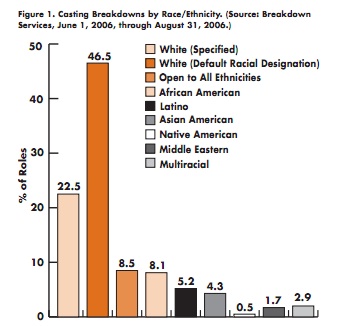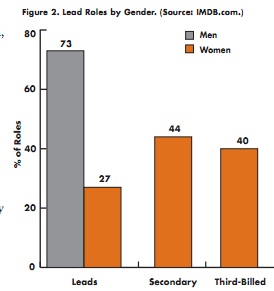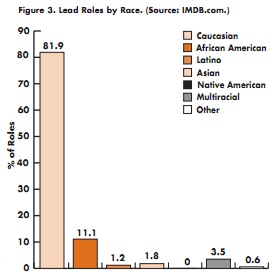Cross-posted at The Social Complex.
Take a look at these two images. The people in Image A and Image B are identical, save for their relative heights and the way that their heads are tilted in order to maintain eye contact. Now how do you think each of these images would be independently perceived by the average person? How do you perceive the events depicted in these images?

(see full sized image here)
Do one of these men seem “assertive” while the other seems “submissive” or “pushy”? What would you imagine the woman is thinking in each of these images? How would you rate the social esteem of each of these men? Which one seems to have the most business acumen? The most leadership potential? Which man would you rate as more attractive? What do you think these two people are talking about in each image? Does your perception of what is happening in the conversation change from image to image?
If you are being honest with yourself here, you probably are imagining many differences in the social interactions depicted in these two images that don’t actually exist outside of our cultural framework. From the age that we become aware of our environment we are bombarded with cultural images, traditions, behaviors, and ideals (both expressly and implicitly conveyed) which foster heightist concepts within our psyche.
These heightist concepts come into play along with our perceptions of gender. Masculinity is culturally tied to “Tall” and femininity is culturally tied to “Short.” Therefore, the negative cultural perceptions that apply to “feminine males” also apply to “short males” and the positive cultural perceptions that apply to “masculine males” also apply to “tall males.” That is why we perceive Image A and Image B differently, even though there is no story behind the images beyond what we imagine.
Perhaps (to some extent) the negative cultural perceptions that apply to “masculine women” also apply to “tall females” and the positive cultural perceptions that apply to “feminine females” also apply to “short females”? I do not know. However, I have my doubts that it works this way for females.
This is because (in my humble opinion – with no evidence to back this up):
- Being a masculine woman is probably NOT considered as negative in our society as being a feminine man. In other words, our society values masculinity more than femininity and so it is more important for a male to be masculine, but much less important for a female to be feminine.
- Additional height (or “tallness”) is considered a masculine trait and so more important for a male to have than it would be detrimental for a female.
- Tallness (for some reason) is not considered masculine on a female. Body mass (weight) is considered more of a “masculine” trait on a female than pure height.
Any comments? Discussion?
—————————
Geoffrey Arnold is an associate with a mid-sized corporate law firm’s Business Litigation Practice Group. When Geoffrey isn’t chasing Billable Hours in the defense of white-collar criminals, he is most likely writing about social justice with a special emphasis on height discrimination at his blog: The Social Complex.
If you would like to write a post for Sociological Images, please see our Guidelines for Guest Bloggers.











